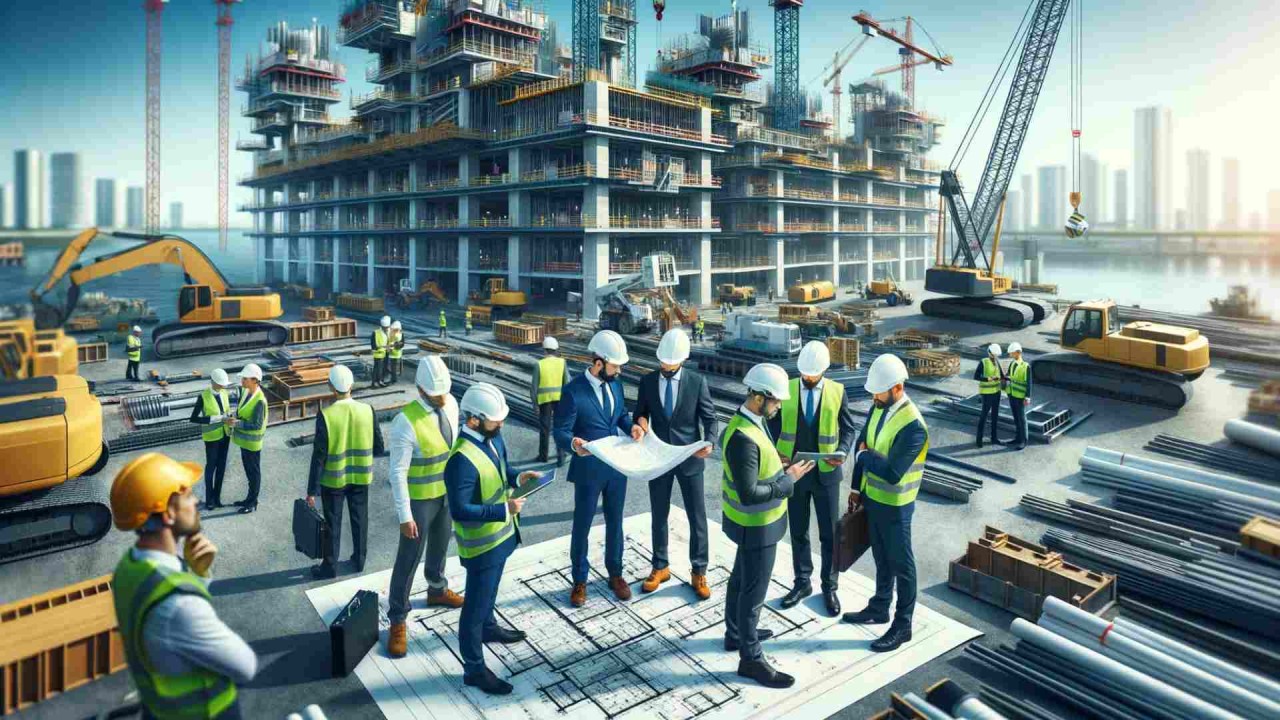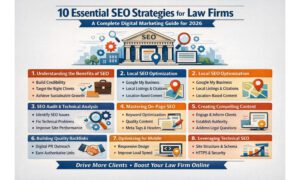Owning land offers a world of possibilities, but transforming raw acreage into a thriving development requires careful planning and expert execution. Whether you envision a residential community, a commercial complex, or a mixed-use space, understanding the intricacies of land planning and engineering design is essential for success. This includes recognizing the value of specialized engineering design services, which play a crucial role in translating your vision into reality. This article serves as a comprehensive guide, exploring the key aspects of these disciplines and how they can help you unlock the full potential of your land.
The Synergy of Land Planning and Engineering Design
Land planning and engineering design are distinct yet interconnected disciplines that work in tandem to bring your vision to life. While they each have unique focuses, their collaborative nature ensures a cohesive and successful development process.
Land Planning: Shaping the Vision
Land planning focuses on the big picture, considering the overall layout, functionality, and aesthetics of your development. It involves analyzing the site’s natural features, zoning regulations, and environmental considerations to create a master plan that optimizes land use and creates a harmonious balance between built and natural environments.
Engineering Design: Bringing the Plan to Life
While land planning sets the stage, engineering design is where the vision truly comes to life. It takes the conceptual master plan and translates it into the nuts and bolts of the development, ensuring that every element is functional, safe, and sustainable.
Engineering design is about creating the infrastructure that supports the built environment and ensures the long-term viability of the development. This involves a meticulous process of designing and specifying the technical details of various systems:
Roadways and Transportation: Engineers design the network of roads, sidewalks, and bike paths that connect the development and ensure smooth traffic flow. They consider factors such as traffic volume, pedestrian safety, and accessibility to create a transportation system that is efficient and user-friendly.
Utilities Infrastructure: Ensuring reliable access to essential utilities is crucial for any development. Engineers design the water supply, sewage disposal, and power distribution systems, considering capacity needs, future growth, and environmental regulations.
Drainage and Stormwater Management: Effective drainage is essential to prevent flooding and protect water quality. Engineers design systems to manage stormwater runoff, incorporating green infrastructure solutions like rain gardens and bioswales whenever possible.
Grading and Earthwork: Preparing the land for Construction involves careful grading and earthwork. Engineers develop plans to shape the land, create building pads, and ensure proper drainage, taking into account soil stability and erosion control measures.
By meticulously designing these infrastructure elements, engineers ensure that the development is not only functional and safe but also built to last, minimizing maintenance needs and maximizing long-term value.
Key Stages of Land Planning and Development
The journey from raw land to a thriving development involves several key stages, each requiring careful consideration and expert input.
Site Analysis and Due Diligence
Before any design work begins, a thorough site analysis is crucial. This involves evaluating the land’s topography, soil conditions, environmental constraints, and existing infrastructure. It’s also essential to conduct due diligence, reviewing zoning regulations, land use restrictions, and any potential legal or environmental concerns that could impact the project.
Conceptual Master Planning
With a deep understanding of the site’s characteristics and regulatory framework, the land planning consultants can develop a conceptual master plan. This plan outlines the overall layout of the development, including the placement of buildings, roads, open spaces, and amenities. It considers factors such as traffic flow, pedestrian access, and visual appeal to create a functional and aesthetically pleasing environment.
Detailed Engineering Design
Once the master plan is approved, the engineering design services team takes over, transforming the conceptual layout into detailed technical drawings and specifications. This includes designing infrastructure elements such as:
Roadways and Parking: Ensuring efficient traffic flow, pedestrian safety, and adequate parking provisions.
Utilities: Designing water supply, sewage disposal, and power distribution systems that meet the development’s needs.
Drainage and Stormwater Management: Creating systems to effectively manage stormwater runoff and prevent flooding.
Grading and Earthwork: Developing plans to shape the land and create building pads, ensuring proper drainage and stability.
Permitting and Approvals
Navigating the permitting process can be complex and time-consuming. Experienced land planners and engineers are well-versed in local regulations and can guide you through the necessary approvals, ensuring your project complies with all applicable codes and standards.
Construction and Implementation
During the construction phase, land planners and engineers often provide ongoing support, ensuring that the project adheres to the approved plans and specifications. They may conduct site visits, review construction progress, and address any unforeseen challenges that may arise.
The Benefits of Integrated Land Planning and Engineering Design
A collaborative approach, where land planners and engineers work closely together from the outset, offers numerous benefits:
Optimized Land Use: By considering both the aesthetic and technical aspects of the development, integrated planning maximizes land use efficiency and creates a harmonious balance between built and natural environments.
Cost Savings: Early collaboration can identify potential challenges and optimize design solutions, reducing the risk of costly rework or delays during construction.
Sustainable Development: Integrating environmental considerations into the planning and design process promotes sustainable practices, such as water conservation, energy efficiency, and the preservation of natural resources.
Enhanced Community Value: Well-planned developments that prioritize aesthetics, functionality, and environmental sustainability enhance the overall value of the community, attracting residents and businesses alike.
Choosing the Right Professionals
Selecting experienced and qualified land planners and engineers is crucial for the success of your project, and partnering with firms that provide Construction staffing solutions can help you find the right professionals to bring your vision to life. Consider factors such as their:
Track Record: Review their portfolio of past projects, looking for evidence of successful developments similar in scope and complexity to yours.
Local Expertise: Choose professionals with a deep understanding of local regulations, zoning codes, and environmental considerations specific to your area.
Communication and Collaboration Skills: Effective communication and collaboration are essential for a smooth and successful project. Choose professionals who are responsive, transparent, and proactive in their communication.
Conclusion
Transforming raw land into a thriving development is a complex journey that requires vision, expertise, and meticulous planning. By understanding the key principles of land planning and engineering design, and by partnering with experienced professionals, such as Barge Design Solutions that offer comprehensive services, you can unlock the full potential of your land and create a development that is not only aesthetically pleasing and functional but also sustainable and valuable for generations to come. Remember, the success of your project hinges on the synergy between creative vision and technical expertise, ensuring that every aspect of your development, from the initial concept to the final implementation, is carefully considered and expertly executed.



































